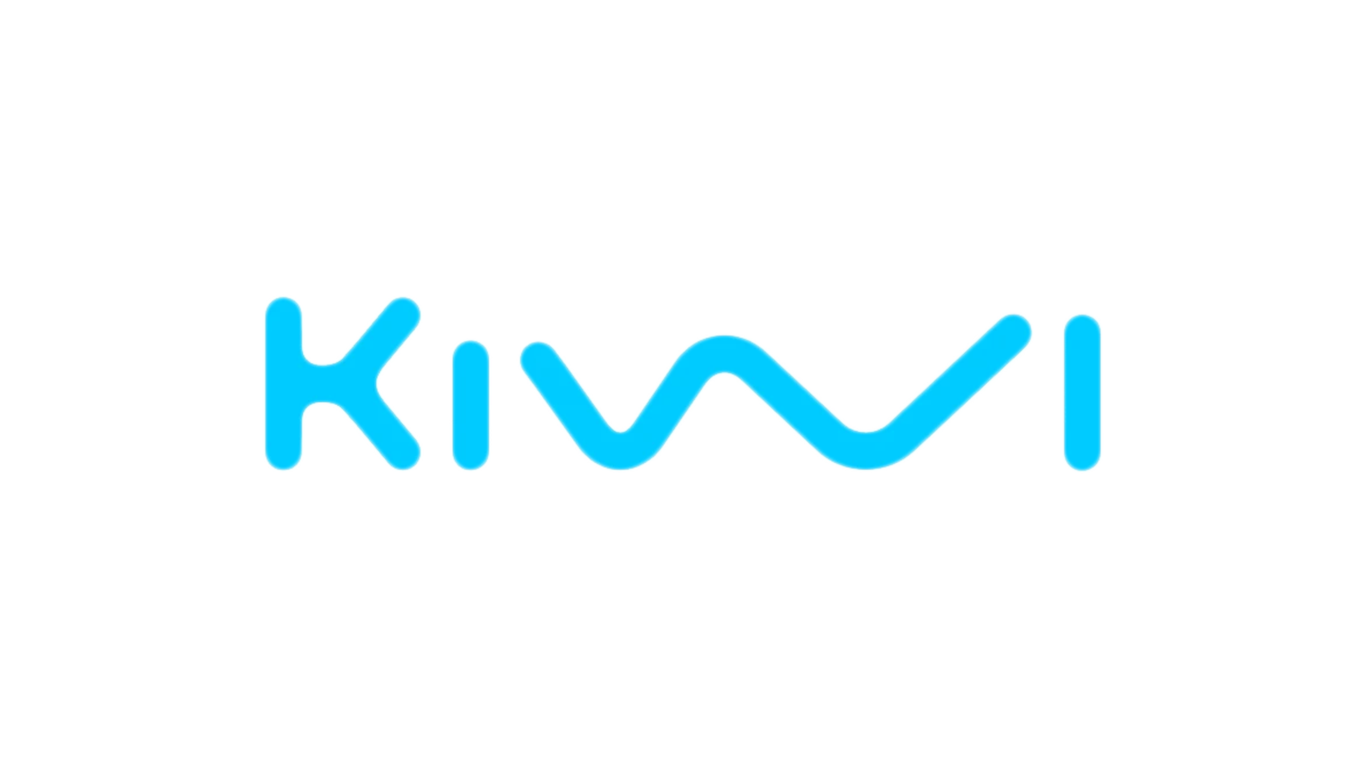Securities Lending Blockchain Will Reduce Trading Halts, Prepare T1 Settlements – Ledger Insights
EquiLend, the largest securities financing platform owned by the industry, plans to launch a blockchain-based platform, 1Source, to hold the golden record for securities lending transactions. In the first instance, the aim is to eliminate reconciliation of securities lending transactions. However, as we shall see, it can be an important step in reducing settlement time for securities.
The EquiLend platform currently processes $2.8 trillion in trades monthly and is backed by the likes of Bank of America, BlackRock, Credit Suisse, Goldman Sachs, JP Morgan, Morgan Stanley, State Street and others.
The business case for DLT in securities lending
Despite the fact that EquiLend’s platform is used to agree securities lending transactions digitally, afterwards there are surprisingly many manual processes when changes are made. These lifecycle events—such as price changes, fee changes, or a partial return of the borrowed securities—are sometimes wrong.
This is because the changes are logged separately in each counterparty’s internal records, which means that the two systems must be reconciled. In the meantime, there are frequent breaches of contract.
Although reconciliation may sound like a boring bookkeeping problem, it is not just a problem with the accounting department. Given that it is the traders who make the deal, they are the ones who have to check what has happened. “You have traders spending time reconciling items when in reality they could be chasing alpha. They could be making new trades. They could be (adding) value,” said EquiLend’s Gary Klahr, director of strategic initiatives, who leads the distributed ledger project (DLT).
During the time the data is inaccurate, it can lead to poor trading decisions, for example if the borrowing cost is incorrect. Sometimes this results in settlement failure, for example if there has been an exchange of details about where the transaction is to be settled.
The potential savings are not only about cutting time spent on reconciliation, but also about reducing the internal technology footprint at each institution. DLT takes advantage of both by ensuring that changes are validated before they are recorded in a shared ledger.
Current status
So far, the 1Source project is still in the design phase. Initially, in 2021, a ten-member working group of EquiLend stakeholders and customers came up with a list of potential projects. The goal was to find out what would “make the desk most efficient. “(Which) process can we possibly come up with that will really digitally transform the industry,” Klahr said.
Numerous ideas were floated, but the group unanimously decided to eliminate conciliation.
Today, many changes can happen with a phone call or a Bloomberg message. Klahr gave the example of an interest rate change. “Today we both enter our own individual information that goes to the individual systems. We accrue overnight at an incorrect rate. We’ll fix it tomorrow, he said.
“In the world of 1Source, that couldn’t happen. One of us would put the price through. The other side confirms it.”
Blockchain technology
Meanwhile, a yet-to-be-announced partner is working on a technology proof of concept for smart contracts, and there’s another work stream exploring the business requirements.
Not surprisingly, the distributed ledger is a permissioned system where only the two counterparties to a contract can see the contract details. For now, the plan is for EquiLend to host the master node. It can also host nodes for clients who don’t want to manage their own.
One of the key requirements is to ensure interoperability with all the processes upstream and downstream of a securities lending transaction. It sets the stage for future opportunities.
A potential roadmap to T1 settlement
In the US, the SEC has started the ball rolling by reducing the settlement time from two days (T+2) to one (T+1). Securities lending plays a role in slowing the settlement. Say a broker has lent some stock, but the client sells it. To enable settlement of the customer’s trade, the broker may need to borrow shares. It takes time, mainly because it has to filter through all the systems. Having all the data in the chain is a key step in the future automation of the process.
Other potential future functions include dissemination of beneficial owner information, asset servicing and interaction with security management systems. When asked if security tokens were on the roadmap, Klahr said the topic had been discussed but ultimately will depend on client interest.
Before the group starts thinking about this kind of topic, it needs to get off the drawing board with its first use case, and eliminate reconciliations.
After all, “if you were building a securities lending workflow today, you would never allow both sides to have the ability to enter details on each side and not have reconciliation until a later date,” Klahr said.


